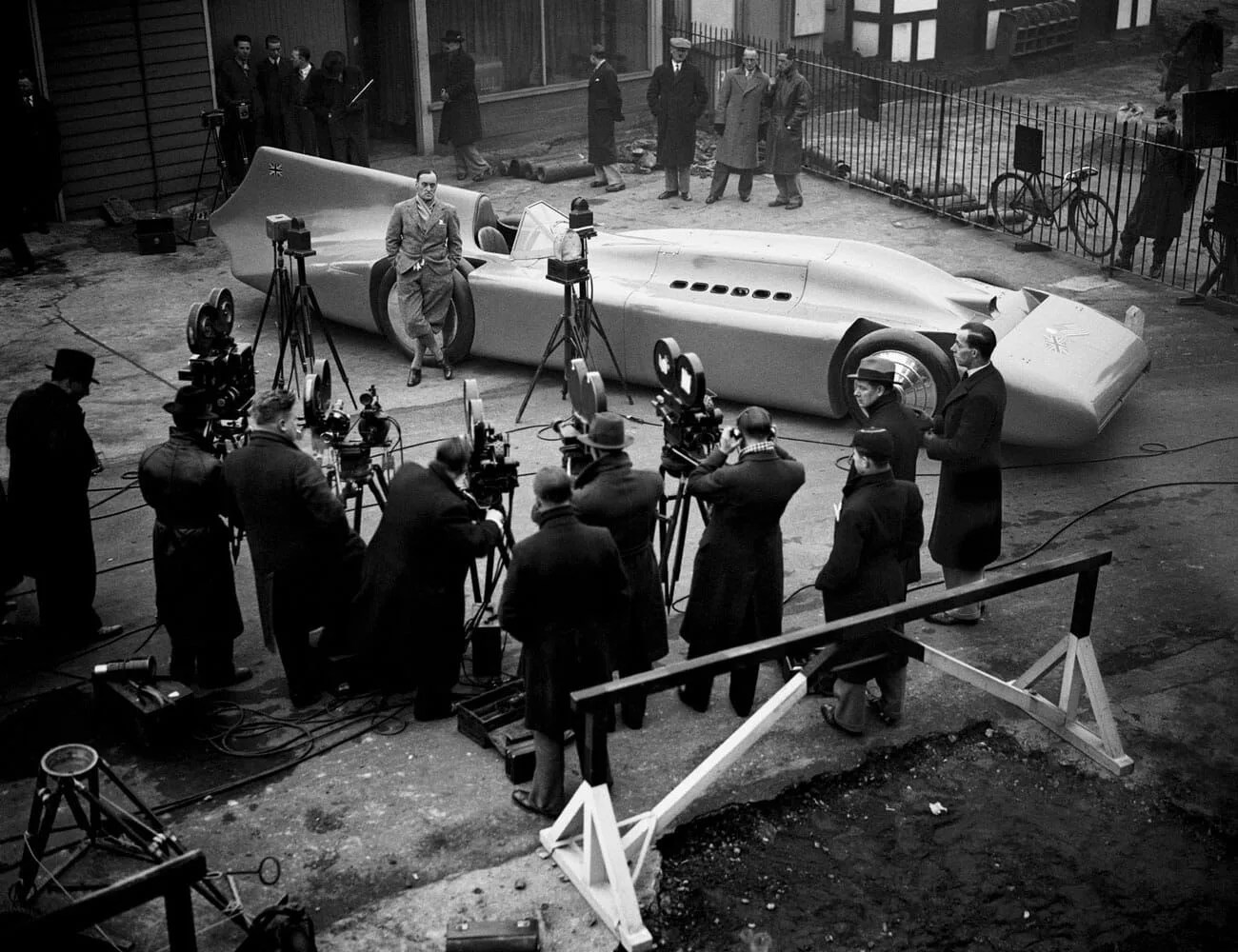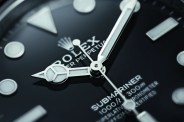Welcome to Watches You Should Know, a biweekly column highlighting important or little-known watches with interesting backstories and unexpected influence. This week: “Winner”-engraved Rolex Daytonas.
The Rolex Daytona is among the most recognizable watches in the world, most famously worn by the late, great actor, race car driver and philanthropist Paul Newman. But another racer, the English driver Sir Malcolm Campbell, is also partially responsible for the watch’s development into the iconic model we know today.
In 1935, Campbell broke the land-speed record in the 2,500-hp “Bluebird,” becoming the first driver to break 300 mph in a car. Shortly after this feat, Campbell received one of Rolex’s early dual-register chronograph watches, the reference 2508. This type of chronograph, with a tachymeter scale that can measure speed based on time elapsed over a fixed distance, was the perfect watch for a race car driver, and as the automobile became more popular Rolex refined its chronograph designs specifically to suit automotive racing.
The reference 6234 chronograph was born In 1954. With its hand-wound Valjoux 72 movement, Oyster case, three sub-dials and tachymeter scale, this watch had many of the features that have come to define the later Cosmograph Daytona. It was produced until 1961.
In 1962, three years after the Daytona International Speedway opened, Rolex became the track’s official timekeeper. That same year, Rolex upgraded its Oyster-cased chronograph to reference 6238, but it wasn’t until 1963, with reference 6239, that the first true Rolex Daytona was born.

While the 6239 included many of the hallmarks of the Daytona — the tachymeter scale now moved to a steel bezel, three sub-dials in a contrasting color, a hand-wound Valjoux 72B movement — it didn’t yet feature the word “Daytona” anywhere on the watch, which simply read “Rolex Cosmograph.” When Rolex did decide to give the chronograph a name, in 1964, it wasn’t actually “Daytona,” it was “Le Mans,” after the famous French endurance race. But Rolex, looking to appeal to its American clientele by capitalizing on its new relationship with Daytona International Speedway, quickly renamed the model, printing “Daytona” beneath the word “Cosmograph” on the dial. The legendary Rolex Daytona was finally, officially born.


